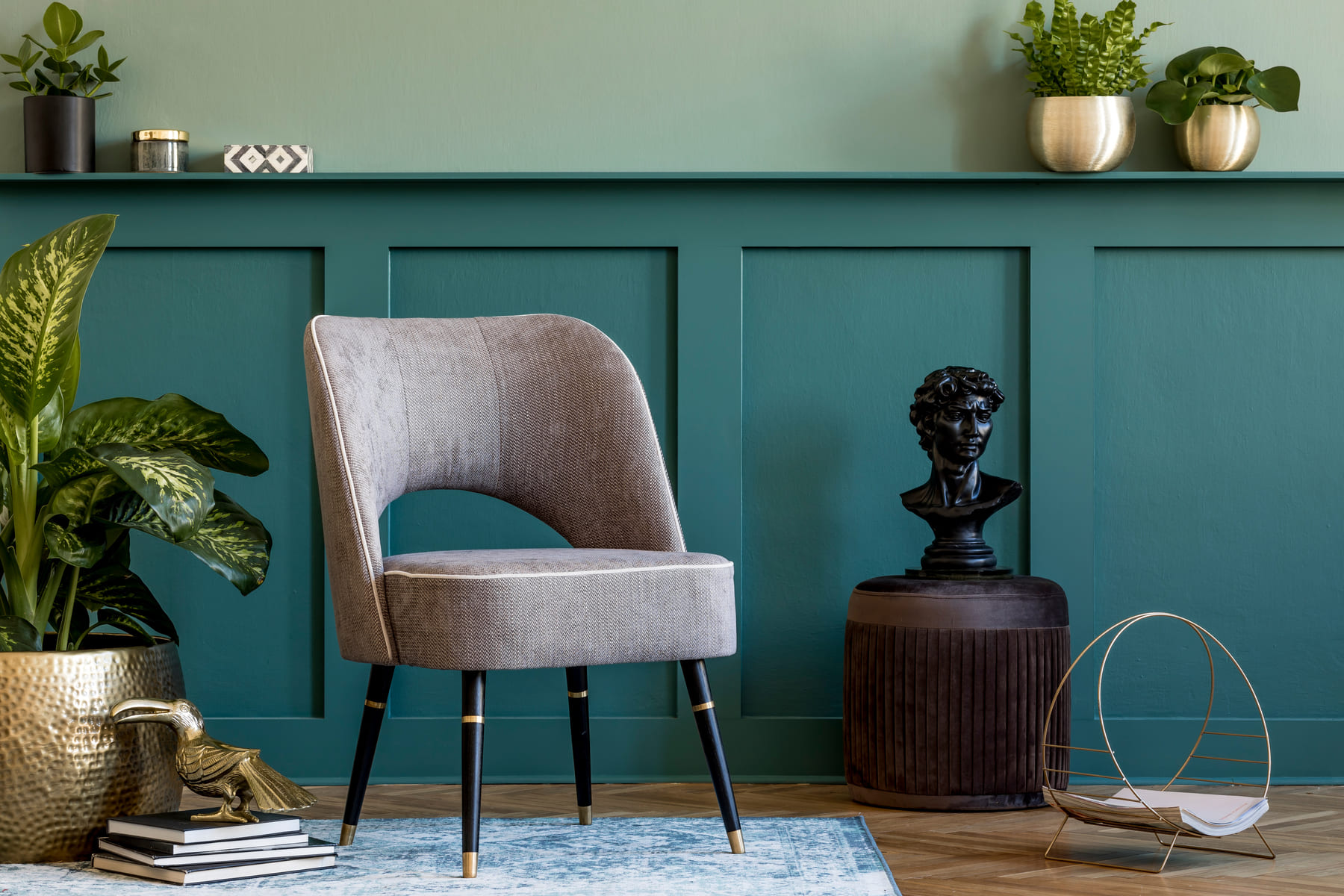When Timesworld introduced Furnysh, the goal was simple yet ambitious: revolutionize how interior designers, hoteliers, and investors imagine, explore, and acquire restaurant concepts. In a world where design inspiration is scattered and decision-making is often subjective, Furnysh offered a practical AI-driven solution to bring clarity, efficiency, and creativity together in one platform.
Why Furnysh?
Expanding into hospitality — especially restaurants — is both exciting and challenging. Investors and hotel groups looking to launch a new outlet need more than financial models and menus; they need to understand what a space could look and feel like. Traditionally, this process involved site visits, mood boards cobbled together from magazines, and endless back-and-forth with designers.
Furnysh was designed to streamline this journey. Instead of guessing or manually compiling references, stakeholders could simply browse through a curated digital library of restaurants — filtered by cuisine, theme, city, or style — and instantly access the visual DNA of a space. It transformed the subjective art of design inspiration into a structured, data-powered process.
What made it stand out
At the heart of Furnysh was AI-powered image intelligence. Every restaurant listed on the platform included high-quality interior images. With a single click on any image, the system detected and tagged objects in real time — furniture, lighting, cutlery, décor, and even color palettes and materials.
- A sofa wasn’t just a sofa — it was “Red Leather Sofa”.
- A chandelier wasn’t just décor — it was “Crystal Chandelier, Gold Finish”.
Users could add any of these elements to a personalized mood board. Furnysh also enabled image uploads: if a designer had an interior photo, the system would detect objects within it, allowing them to build references beyond the Furnysh library. Mood boards could then be shared with teams, enabling collaborative decision-making across geographies.
This wasn’t just browsing inspiration — it was structured AI-assisted design exploration.
The impact
Furnysh redefined how hospitality players approached expansion and design projects. For hoteliers in Dubai planning a new Chinese restaurant, the process shifted from scattered ideation to focused, data-backed decision-making.
- For designers, it meant quicker inspiration gathering, less manual cataloging, and more time for creativity.
- For investors and hoteliers, it offered confidence that design choices aligned with proven, real-world examples.
- For teams, it created a collaborative space where mood boards became the common language for design discussions.
By leveraging AI to analyze images and surface structured insights, Furnysh turned what was once an unstructured, manual task into a scalable digital experience.
Looking ahead
The Furnysh journey underscores how AI can humanize creativity. By bridging data intelligence with design imagination, the platform didn’t replace the designer — it empowered them.
Looking forward, Furnysh has the potential to integrate with procurement systems (to source actual furniture and materials), 3D visualization engines, and even AR-powered walkthroughs, making it not just a tool for inspiration but a complete ecosystem for design-to-deployment in hospitality projects.
With Furnysh, Times World showed that when AI meets design, the result isn’t just efficiency — it’s inspiration, reimagined.

